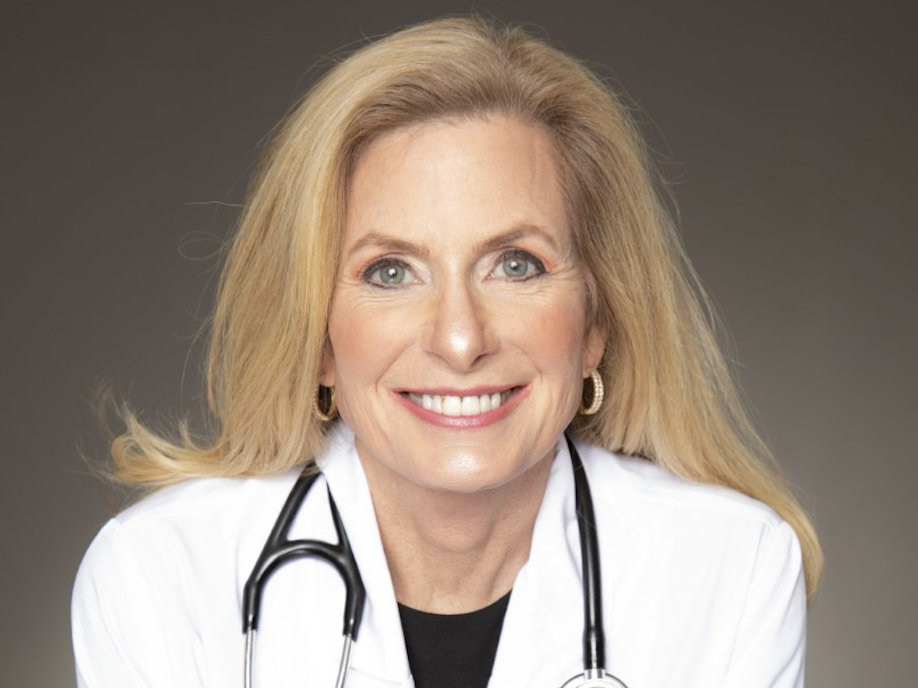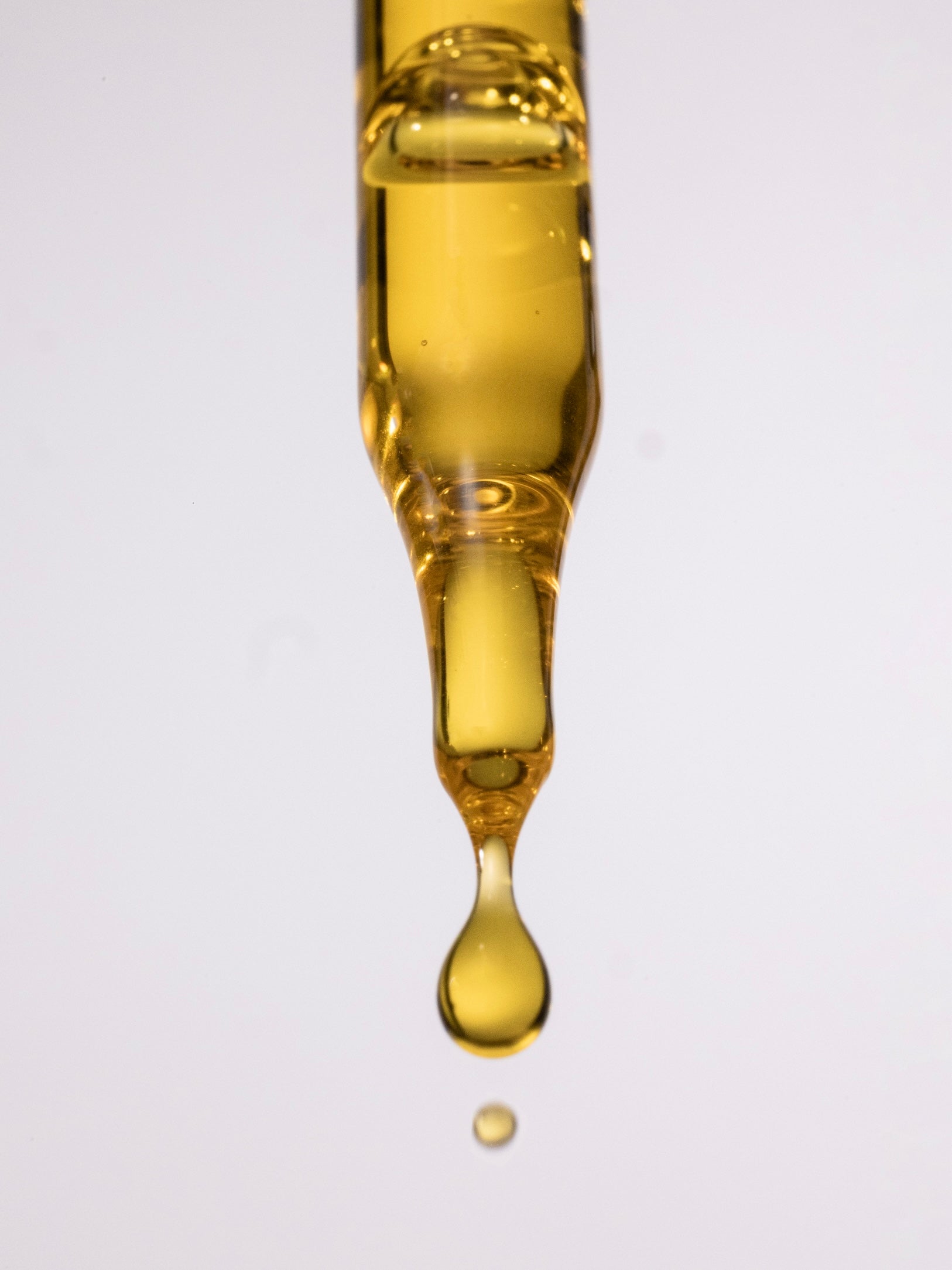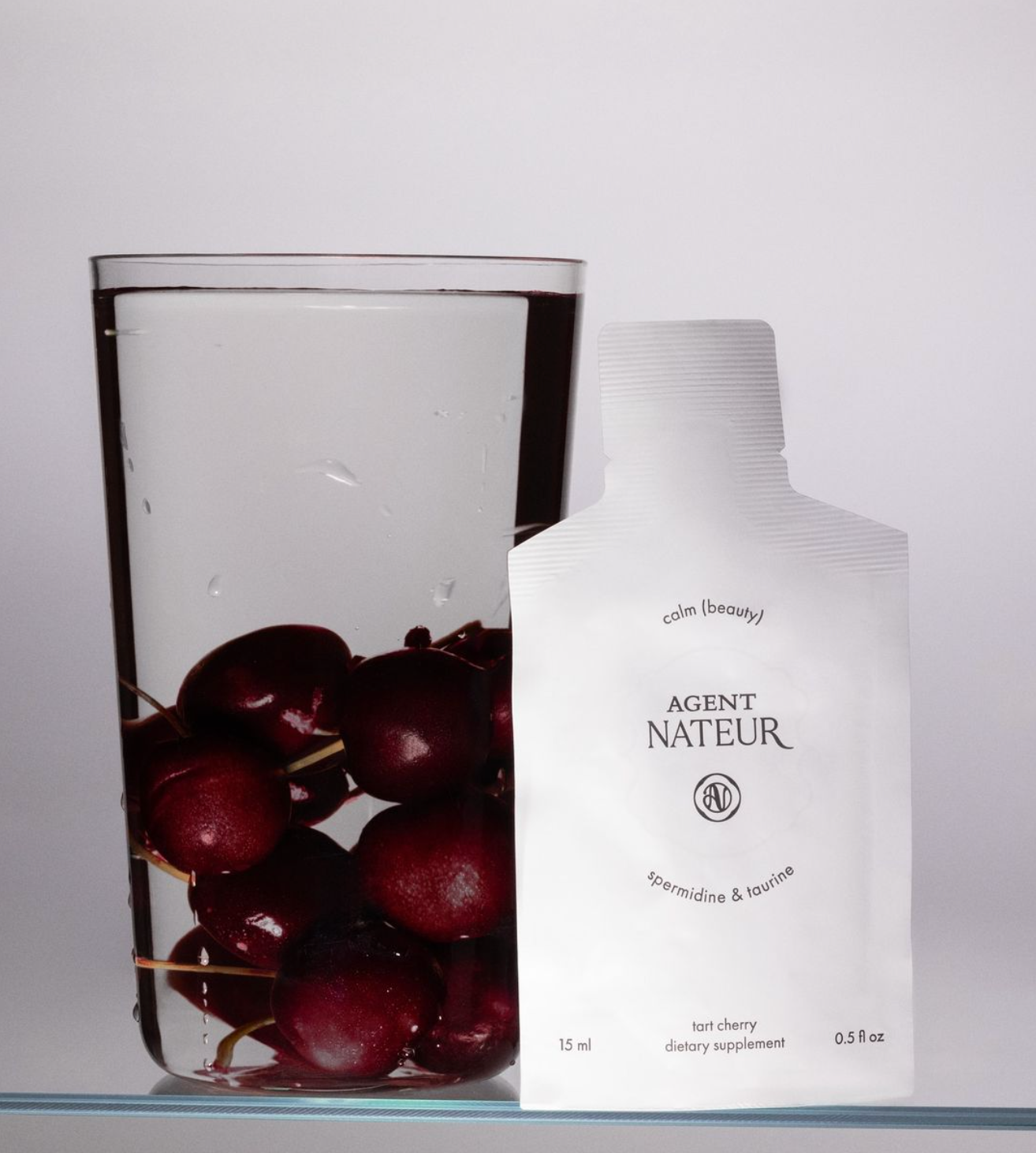Skin Health Awareness Month -With Dr Leigh Erin Connealy

Skin Health Awareness Month -With Dr Leigh Erin Connealy
May is skin health awareness month, and at Agent, We are always trying to get the most up to date information for our readers to really spread truth and honesty so that we can all live a life of radical wellness. In light of this, We spoke to Dr. Leigh Erin Connealy who is leading a cancer prevention revolution. With over 30 years of experience, Dr. Connealy has become a prominent leader in the field of Functional Medicine. She utilizes the best of all sciences, including conventional, homeopathic, eastern medicine and modern medicine. She is the founder and medical director of the Cancer Center for Healing and Center for New Medicine.She is also the author of The Cancer Revolution, which has revolutionized the landscape of cancer treatment. Dr Connealy talks to us about some of the misconceptions about the suns role in skin c and how healthy sun exposure is crucial for our health, tells us about the role of chemicals in traditional sunscreen and how they play a part in skin c development, shares the link between healthy hormones in relation to healthy skin, explains the role of epigenetics and how are genes are expressed by our environments and shares the differences between conventional C treatments compared to an integrative approach.
It has been said that ultraviolet light from the sun plays the biggest role in the development of skin C. Is this still relevant today and if not, What are the new findings?
First, let’s take a step back and understand the two major categories of skin cancers which are melanoma and nonmelanoma. Of the nonmelanoma skin cancers, the most common types are basal and squamous cell carcinomas. They usually begin in the basal and squamous layers of the skin. Most basal cell carcinomas are thought to be caused by long-term exposure to ultraviolet (UV) radiation from sunlight and tanning beds. Both basal and squamous cell carcinoma are not usually life-threatening, but squamous cell cancer is more likely to grow deeper into the skin and spread to other parts of the body.
Nonmelanoma skin cancer is a readily treatable disease with a fatality rate of under 1%, and accounts for about 1% of all cancer fatalities. Although nonmelanoma skin cancers are not pleasant, they can be easily spotted and fully removed which means that they are not a major health risk and have virtually no impact on life expectancy.
Melanoma is the third most common type of skin cancer and begins in the melanocytes. This type of skin cancer is of great concern because the five-year survival for metastatic melanoma is around 15 – 20%. Melanoma, which is often called a skin cancer because it sometimes begins in moles, does not have such a simple relationship to sunlight as with basal and squamous cell carcinomas. Melanomas can develop in areas of your body that have little or no exposure to the sun, such as the spaces between your toes, palms, soles, scalp, or genitals. In women, the melanoma lesions appear more often in their lower extremities, while in the case of men, such lesions appear more often on their torsos.
One study revealed, “outdoor workers have a decreased risk of melanoma compared with indoor workers, suggesting that chronic sunlight exposure can have a protective effect. Further, some melanomas form on sun-exposed regions; others do not…”(The Lancet 2004). Our body’s relationship to the sun is not simple. One link I see in melanoma patients is high estrogen levels in the body. Cancerous states such as melanoma may be connected to high levels of U.V modulating estrogen causing light to exert a negative influence in susceptible tissues. Therefore, keeping estrogen at healthy, but not high levels and utilizing estrogen balancing strategies through food choices and avoidance of certain compounds can be useful.
How do we get healthy sun exposure without risking the health of our skin?
While getting too much sun is a risk, so is getting too little sun. Too little sun causes vitamin D deficiencies which have been linked to many types of cancer including breast and gastric cancer. The other side of the sun issue is extreme burns. These are very stressful on the body and need to be avoided. We need to find a balance.
-Skin cancer is a concern in those who expose themselves intermittently to the sun and those who expose themselves until the point of sunburn or sun damage. Many patients benefit from small doses of sunlight regularly (less for fairer skin, more for highly pigmented skin) and gradually increasing sun exposure time, so burning does not occur.
-Pay attention to when your skin is getting red. This is your body’s message to get into shade.
-If you plan on spending a significant amount of time outside, wear high-quality sunscreen and protective clothing. When covering up, use lightweight, light-colored clothing, and large hats.
What are the first signs of skin c that we should be looking out for?
An unusual skin growth or sore that doesn't go away or an abnormal looking mole are usually the first signs of first skin cancer in my experience. I like to follow the ABCDE rubric to navigate if we need to investigate a potential skin cancer diagnosis.
A - Asymmetry: Look out for an asymmetrical mole in which the two halves do not match.
B - Border: The borders of an early skin cancer tend to be uneven. The edges may be scalloped or notched.
C - Color: A variety of colors is another warning signal.
D - Diameter: Skin cancers usually are larger in diameter than the size of the eraser on your pencil.
E - Evolving: Any change in size, shape, or color.
Finding skin cancer early, when it’s small and has not spread, makes it much easier to treat.
It is becoming more evident that chemicals in traditional sunscreen are actually associated with skin C development. What is the truth behind this controversial topic?
We know that the skin is the largest organ of the body and readily absorbs much of what is applied to it, good and bad. For example, many drugs can be administered using transdermal patches. Unfortunately, several sunscreen brands have recalled their products due to contamination with the known carcinogen, benzene. Benzene has specifically been implicated in leukemia and a 2010 study of workers exposed to benzene published in Environmental Health that concluded there is “consistent evidence that exposure to benzene at work increases the risk of leukemia.” The devil may be in the dose, but I play it safe when it comes to sunscreens and if I need to be out in the sun for a long time, I opt for a mineral-based sunscreen such as zinc oxide.
What are the top lifestyle/diet Factors that Lead to skin C?
Nonmelanoma is often prompted by burns, intermittent exposure to the sun, and extreme levels of exposure to the sun. It’s key to practice safe sun exposure and avoid burns on the body. Melanoma’s relationship to the sun is not straightforward and is linked to hormone imbalances. Healthy hormone levels are impacted by nutrition, body weight, stress levels, and certain medications. Consistently eating nutrient-dense foods, keeping stress low by mediating and moving my body daily are some of the pillars of keeping hormones and health optimized.
You Talk a lot about how Our health is downstream of our environment, Can you expand on this ?
Our environment is the entire terrain of our body. When it comes to any illness, the terrain of the body is a main determinant of how you will respond to an illness. What does this mean? Imagine your neighbor mows his lawn weekly with chemicals. When the heat of summer peaks, his field is sun-scorched and dead. In contrast, I give the lawn all the proper inputs and let the grass grow into lush green pastures with wildflowers, birds, and bees. The factors that make up our
environments like hormones, nutrition, stress, inflammation are asking to be addressed. Symptoms are feedback to change the environment, not failure. As I often say, a storm in the body creates the terrain for any kind of cancer. Cancer cells do as their environment allows. ⠀
Is there a genetic component to skin C? And What role Does epigenetics play in this? Studies show only 5-10% of cancers are known to be related to genetics. What about the rest?
Cancer is often a storm of many factors. For example, the nutrition status in the United States has deteriorated and food that's been advertised as "healthy" is not healthy. The products around us usually don't have our best interest in mind. It seems like every day a news story announces that sunscreen was found to be made with a cancer-causing toxin. We are inundated with chronic modern stress. These factors all impact the environment and influence whether a cancer mutation will even occur.
Epigenetics means you may possess the possibility that something could go wrong, but it doesn’t mean it will be expressed until these dietary and environmental factors are in place. As one of my favorite health researchers said, when your computer goes bad, you don’t throw the computer out. You fix the software that runs it. DNA is the hardware. Epigenetics is the software.
What is the difference between Conventional and integrative treatment when it comes to skin C?
Conventional Treatments include cryotherapy using liquid nitrogen, surgery, topical chemotherapy, and immunotherapy. Integrative treatments often include a comprehensive patient history and physical focusing on the entire biological system, lifestyle analysis, nutrition and optimization. Cutting edge skin treatments include Curaderm, Surgery, Cryosurgery, and Endolaser light therapy.
In your book the cancer revolution you talk about preventative measures we can all take when it comes to our health. Without Giving too much of your book away, give us your top 5 tips when it comes to skin health.
Below are tips to maintain health in general.
- Sleep well.
- Keep stress low.
- Eat nutrient-dense.
- Get healthy levels of sunlight exposure.
- Move the body.
***THESE STATEMENTS HAVE NOT BEEN APPROVED OR REGULATED BY THE FDA. WE ARE NOT DOCTORS, THEREFORE ALWAYS CONSULT WITH YOUR DOCTOR FIRST****





